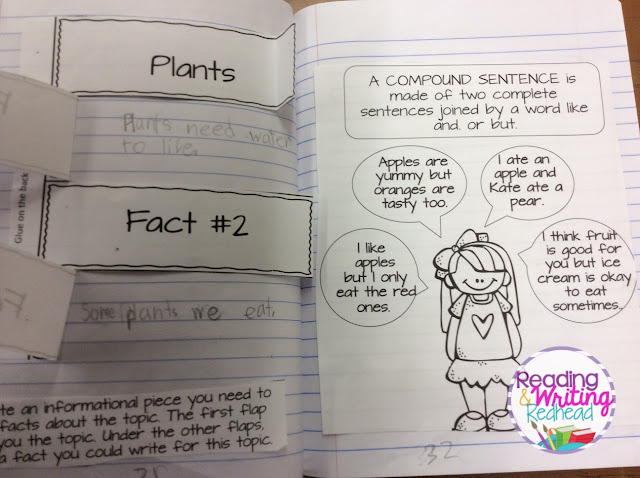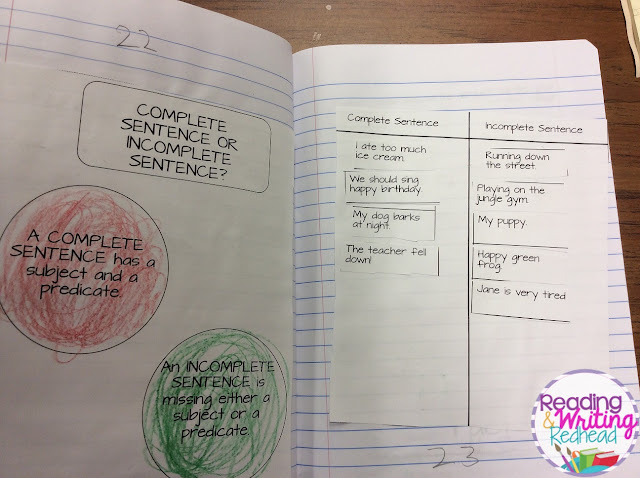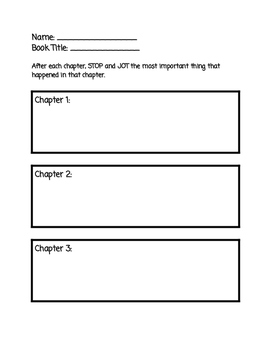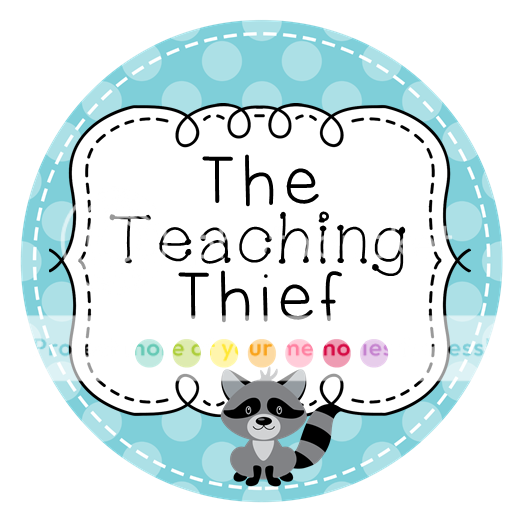Welcome to our book study of The Reading Strategies Book: Your Everything Guide to Developing Skilled Readers by Jennifer Serravallo! I am joining forces with some other fabulous teacher bloggers to discuss the reading strategies we come across in this AMAZING professional text! If you missed my first post about this book study, you can find it here, along with a suggested way to set up your book for easy reference.
You can also find my thoughts and ideas on other goals in this book below:
Goal 1: Supporting Pre-Emergent and Emergent Readers
Goal 2: Reading Engagement
Goal 3: Supporting Print Work
Goal 4: Teaching Fluency
Goal 5: Supporting Comprehension in Fiction
This goal continues with the theme of supporting comprehension in fiction, but this time focuses on thinking about characters. Underneath the umbrella of fiction comprehension, Serravallo considers plot and setting to be first - knowing what's happening and where it's happening, and understanding characters a close second.
How do you know if this goal is appropriate for your student(s)?
If your student is able to:
- retell the most important events in a story
- understand why events are happening
- determine problem and solution
- visualize the setting
then you should assess their ability to understand characters. If they are not, you might want to work on Goal 5 instead.
Serravallo suggests having the student read a short text or whole book and jot responses regarding their thoughts about characters as they read.
She says that by the beginning of 4th grade (or around Fountas and Pinnell level P), students should be able to put traits together to name a theory. For example, a student reading Because of Winn Dixie should be able to say that, "all of the people in India Opal's new town are important to her because they seem to have all the qualities of her mom whom she misses." If a student describes her as "nice to animals", it would indicate that their goal might be working on uncovering complexity of character.
Focus Strategy 1: How's the Character Feeling?
This strategy teachers students to get to know their characters well by thinking about how they feel, talk, act, and think. You would say to the students, "Characters in our stories have feelings, just like people have feelings. It is important to learn about our characters by thinking about how they feel."
This anchor chart from Teaching With Simplicity reminds me of this strategy and would be a great place to start.
Prompts that you might use would be:
1. Check the picture. Do you see any clues about how the character feels?
2. Notice how the character talks. How do you think she or he feels?
3. Use a word to describe the feeling.
I might teach this lesson using the book, Alexander and the Terrible, No Good, Very Bad Day.
There are so many details in the illustrations and the descriptions that students can pull out exactly what Alexander is feeling, thinking, saying, and doing.
As students get stronger at this skill, they can realize that Alexander often causes his own trouble. For example, when he draws a picture of an "invisible castle". Did he really do any work? Or when he messes around with things at his dad's office.
Focus Strategy 2: Look for a Pattern
We can often determine character traits by noticing that certain behaviors are repeated again and again. This strategy asks students to pay attention to places where actions, thoughts, or dialogue repeats. Where do they notice patterns? Use that pattern to name a trait.
Using the same book, Alexander and the Terrible, No Good, Very Bad Day, we can ask the student to do this work. They might notice that Alexander repeats the phrase "it was a terrible, horrible, no good, very bad day." The students might notice that Alexander is very pessimistic. How might the story have been different if he was more optimistic?
Focus Strategy 3: Empathize To Understand
I think teaching our students empathy is one of the most amazing opportunities we have as reading teachers, so I love this strategy!
In this strategy you ask the student to imagine themselves in the character's position. They should try to think about how the character feels, and imagine how they might react.
You might point out how Alexander's brothers behave during some of the situations in the book. For example, when they eat cereal, his brothers find prizes in their boxes and Alexander only has cereal in his box. If you look at the picture, you notice that his brothers seem absorbed in their new toys. How might you feel? What do you think they should do?
Remember, we are only picking and choosing some of the strategies to share with you - there are so many more great ones in this section as well as the rest of the book!
If you would like to purchase The Reading Strategies book, you can find it here.
Other books by this author that I LOVE!
This post contains affiliate links. I earn a small commission each time someone makes a purchase using one of my links, which helps to support the blog. All opinions are my own and I only promote brands and products that I have used myself and truly love.
Katie from Resources by Mrs. Roltgen is officially hosting goal 6 over at her blog, so make sure you head over there to see which strategies she chose to share! While you are there, be sure to leave some comment love!

If you would like to link up your own blog posts about this book, feel free to do so in the linky below!




































